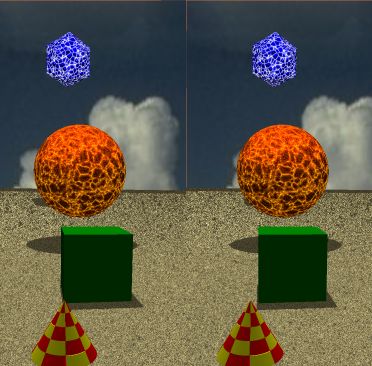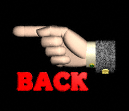
Most people can, with some practice, visualize stereo images using either parallel or cross-eye viewing--techniques known as free-viewing. A significant limitation of free-viewing is that it may be good enough for small or narrow images, but becomes progressively more difficult as image size increases.
The image below is in parallel format. This is the most common stereo format. It's the type used in the old stereopticon cards and is still used for stereoscopic images in books and publications (A great example of such a book is The Civil War in Depth).
The example image below is a good one to practice on...it's got a distribution of objects from foreground to background and the individual images are narrow and easier on the eye muscles.
Don't worry if you can't see the three-dimensional effect right away. Sometimes, it takes a while to catch on to the technique. If you find you absolutely can't resolve the 3D effect, consider getting a pair of viewers.
TECHNIQUE
Sit a comfortable distance from the screen and look--don't stare--at the dividing line between the two images. Let your eyes relax (as if gazing into infinity, focusing past the line), until you start to see three images. Pick a convenient object within the scene as a reference and gradually bring the two parts of it together until the center virtual image pops into three dimensions. Moving your head nearer or further from the screen sometimes helps.

With parallel format stereo pairs like the one above, you can reduce eyestrain by getting some very inexpensive (under three dollars) plastic hand-held print viewers.
Not getting it?. For more help, try this fine site.
